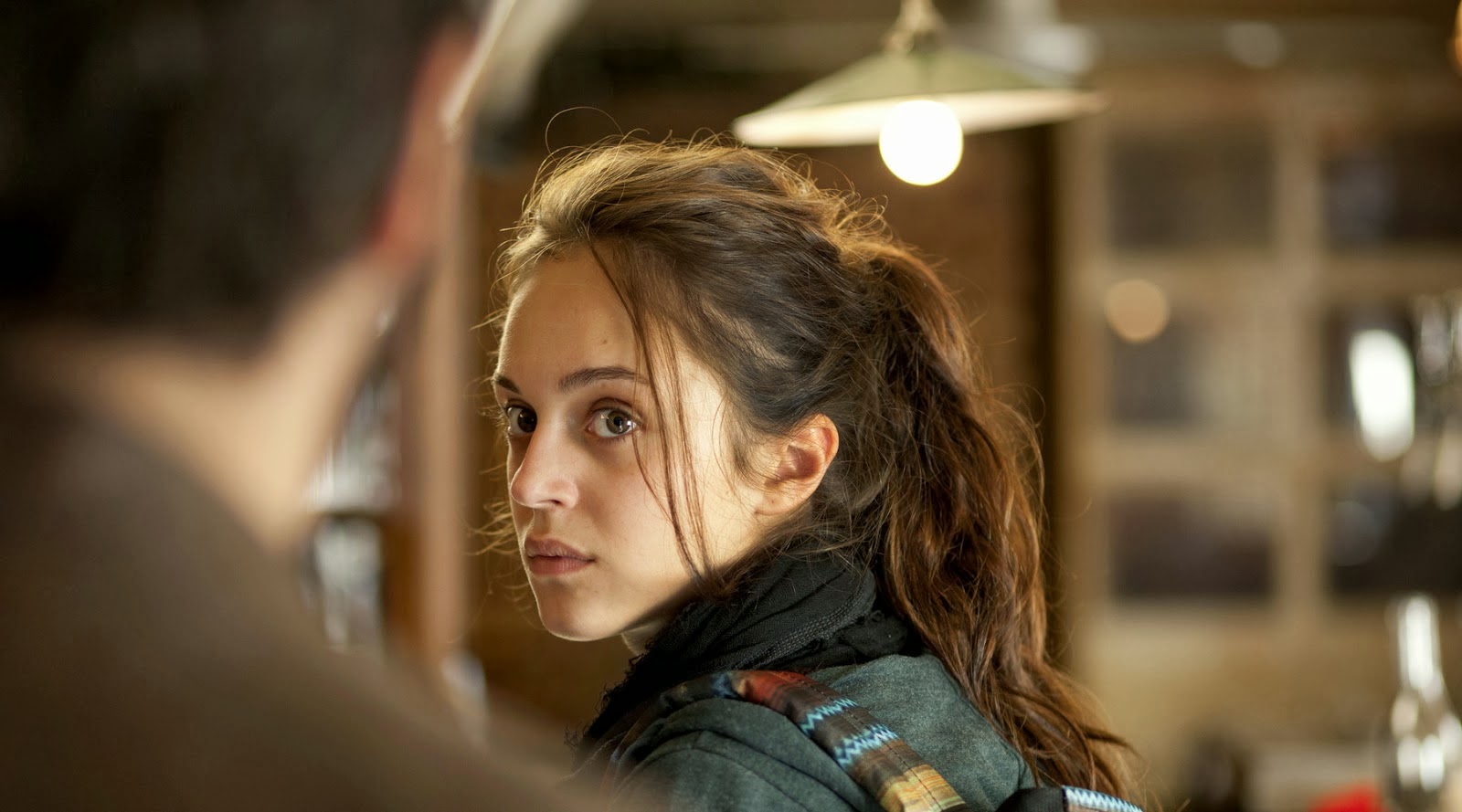
As we approach the end of the decade and before endless amounts of lists come out, here is a list to explore some underappreciated films. These films have received acclaim, won awards, had great festival runs, but somehow have fallen out of our views.
Therefore, the films are well known but possibly overshadowed by similar films or even by superior films from the same filmmaker. Regardless, here are 10 great underappreciated films of the 2010s.
1. Heaven Knows What (2014) – Josh & Benny Safdie

Before the Safdies blasted out with “Good Time” and “Uncut Gems,” they were and arguably still are, street kids making films in the city of New York. After a series of low budget and do-it-yourself filmmaking of features, documentaries, and shorts, they captured a piece of life of a homeless heroin addict.
Adapted from Arielle Holmes’ unpublished memoir of her life on the streets struggling with heroin addiction and her abusive relationship with her boyfriend, it’s a film that is a difficult watch. Not only because Holmes is playing herself, but the situation, hardships, and brutality all occur in the film. Therefore, the influence of Cassavetes is on sight firsthand, but it’s the development of the Safdie’s style that truly shines.
The electro somber score, neon lighting in the grittiness of New York, and the unrelenting narrative, it’s films like this that are rarely made anymore. It sadly came and went from a good festival run and was outshined by their subsequent films, but here, we see the Safdies truly make a great film that only they could make.
2. Aquarius (2016) – Kleber Mendonca Filho
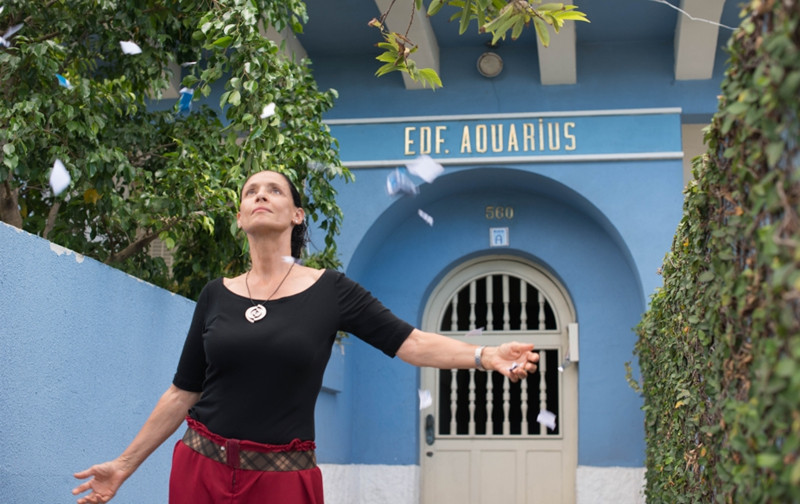
A standout performance from Sonia Braga leads this Brazilian film as a woman who lives alone and refuses to give up her apartment to a developer, causing complications from those around her. The film received backlash due to Brazil’s political situation at the time of its release and unfortunately hurt the film reaching wider audiences.
However, with its narrative that takes its time which allows Braga’s Clara to talk, ponder, and contemplate the status of her life, memories, and current situation, the development truly makes the arc of the film come together. As we learn more about her relationship to her family, her survival of breast cancer, and those lonely nights near the beach, we truly start to see Clara’ point of view which only makes the decision to abandon and sell out her apartment the more hard for everyone involved.
Lastly, the sound design and camera movements truly allow us to enter the world of Clara, and what a fascinating, observant experience the viewer receives. Hopefully since Brazil’s situation has lessened, more people can appreciate this gem of a film.
3. Take This Waltz (2011) – Sarah Polley
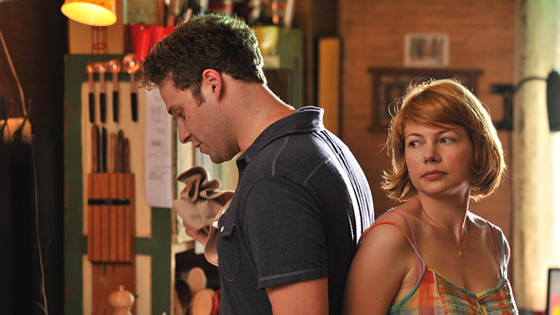
A wonderful film out of Toronto that explores the hidden emotions and resonant feelings of a woman who begins an emotional affair with her neighbor. All three leads – Michelle Williams, Luke Kirby, and Seth Rogen – allow for the themes of broken relationships, mundanity, and suppressed desires to come to surface over the colorful summer.
All the scenes between Rogen and Williams are sweet, tender, and comfortable. They are full of routine as opposed to the scenes between Williams and Kirby, which can take any direction. Polley allows this to develop at a leisurely pace, with perfectly fitting soundtrack and cinematography to contrast the two relationships. As the film unfolds and arrives toward the end, we truly see who these characters are in their conflicting love, desires, and torments. In addition, a scene-stealing Sarah Silverman plays a beautiful addition to these relationships of these people.
Polley continued to make films, such as her standout autobiographical documentary “Stories We Tell,” but her quiet, little charm indie filled with the depth and heartbreak of all human emotions truly shines over the course of the decade.
4. The End of the Tour (2015) – James Ponsoldt
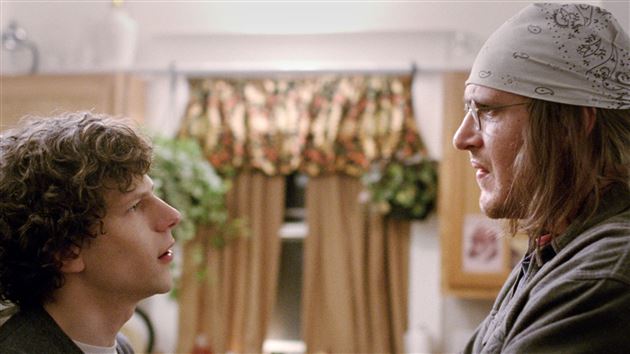
This film is based off a Rolling Stone article that never made print and Jesse Eisenberg’s real-life character of David Lipsky’s book “Although of Course You End Up Becoming Yourself” about his road trip with David Foster Wallace on his tail end of the book tour of “Infinite Jest.” With all the titles and references, it’s a way to understand the relationship and two-handed conversation these two take over the course of five days.
Eisenberg’s Lipsky and Jason Segel’s Wallace are two writers, one successful, the other still trying, exploring life, death, and everything in between. No topic is off the table as the two slowly start to unfold before each other, whether they know it or not. Set in a blizzard world across the Midwest, the film has a dreamy feel of a cold November day, but is consistently grounded in realism and naturalistic performances resulting in true human depth.
Possibly because the film was released in the middle of summer, the film received acclaim and nominations but slowly faded away over the past few years. Audiences and critics remember the performances or some of the dialogue, but if you truly explore the conversations these two lonely, lost souls have over the course of a week, you can see all the flaws, fears, triumphs, dreams, and searching these two real people had.
Regardless, Ponsoldt explores two people in a certain time and place and this film delivers, hopefully with more appreciation in the years to come, much like the work of the two writers at hand.
5. All These Sleepless Nights (2016) – Michal Marczak
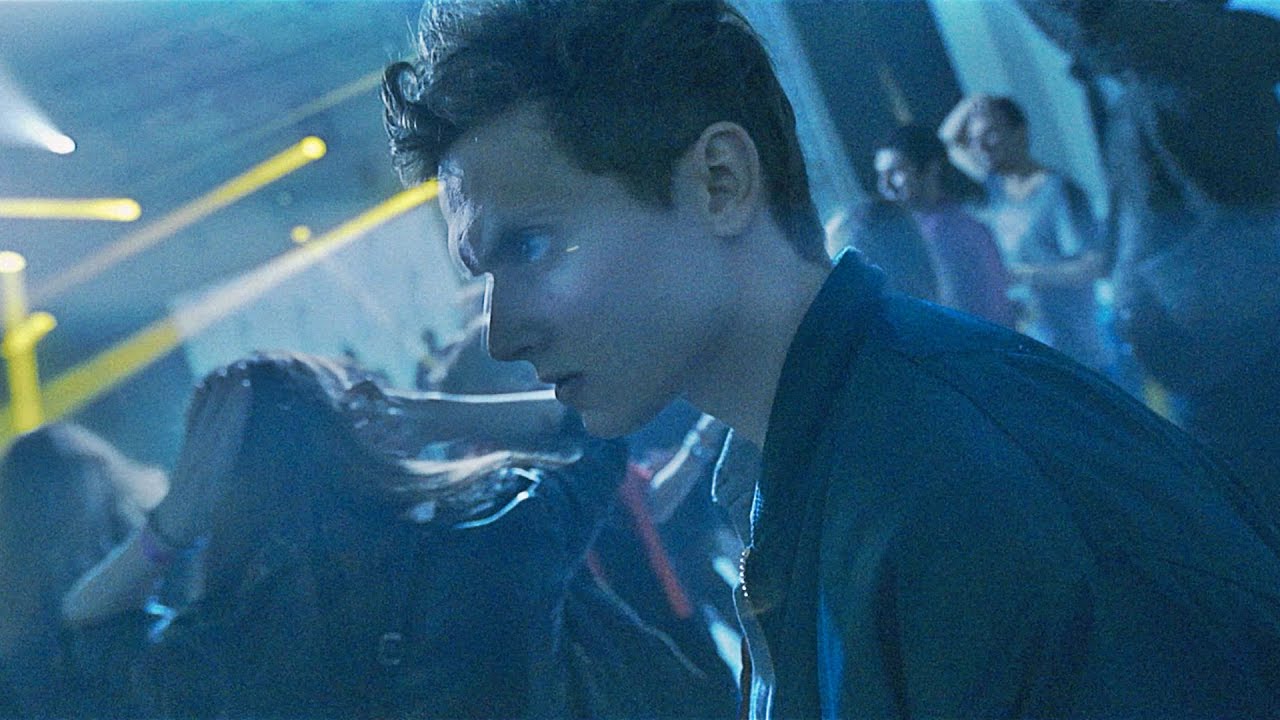
A film that fuses the lines between reality and fiction, it can be classifiable either way, which is why audiences might not have responded to it immediately. Sure, films have explored this notion and combining, re-enacting, or mixing up the genre, but Marczak creates a hybrid storytelling in his own way that explores the state of youth for two Polish men over the course of a year.
Creating special tools and a mobile crane lift for the cameras to float around two young male friends partying in Warsaw creates a stranger, outer worldly yet familiar atmosphere on this quest for self-discovery amidst hedonism and the search for love. For the people in front of the screen, there’s no phones or computers for its leads showing how individuals can truly live in the moment.
For the people behind the screen, this goes against small iPhone cameras or staged cameras for party scenes or social media obsession. Maybe that’s why audiences enjoyed the film out of Sundance, but took nearly one and a half years to get released stateside.
The themes, characters, and meanings truly stand out along with the approach, but hopefully more of the youth can see this film as a reflection of themselves. It’s a rare film that exceeds the coming of age but simply got lost in the realm of the festival circuit, something its characters and real people could relate to.